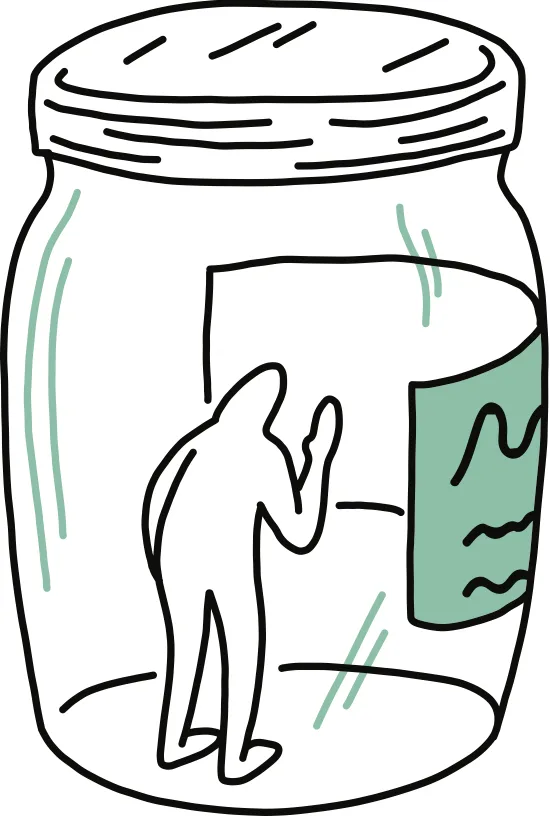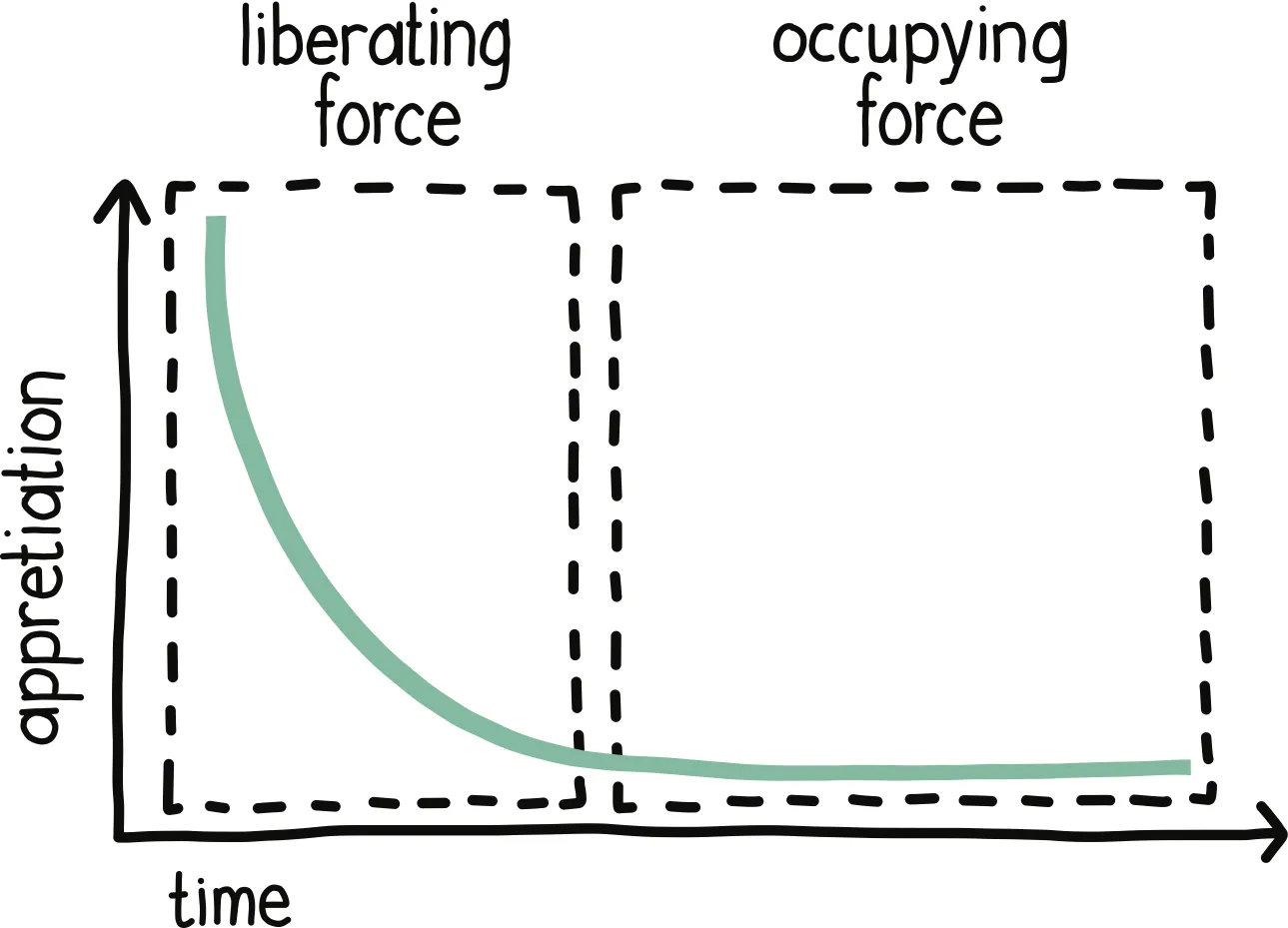What You're Selling And What They're Buying Need to Match
Written by
We get so caught up in taking orders from clients. “What else do you need? Would you like any particular dressing with that? On the side? Anything else?” Experts are not order takers because they understand that the client probably knows what they want, but that they don’t know what they should want. They sometimes have clear expectations, but they are not as well informed as they could be.

Why do we get caught up in this? Partly, I think it’s human to want to please clients. We also think they’ll be more willing to pay if we listen and scratch wherever it itches.
There has to be a certain amount of that, of course. There’s no future in ignoring clients. But the idea is to listen—clearly and efficiently—and then to go far deeper than their perceived solutions to actually listen as an expert. In that stage you are asking questions that surprise them—or maybe even annoy them.
Being an expert in large part means working on the right things, in the right way.
Notice that this article isn’t called “what clients are buying,” but rather “what you are selling.” Those things don’t always match, and I’d rather focus on the latter. Selling the right things is part of “directing the relationship” as an advisor, whether that’s digital, creative, or marketing related.
Let me suggest a three-part framework for what you are selling. (This is the what and not the how.)
- You are selling objectivity, which comes from externality. One of the only reasons you can actually help them is that you are not in their world. They are inside their own jar and can’t read the label. You enter that world and you see the label clearly. It’s not that they aren’t cable of reading other people’s labels—just not their own. They are too close to the situation to see it for what it is. Maybe it goes without saying, but you’ll never pull this off well without strong powers of observation as well as the courage to describe what you see.

- You are selling knowledge, which comes from focus. You can’t just observe and speak to what you see. From there, after that accurate diagnosis, there has to be a prescription. This is like bringing the right tool to the job. Your strength comes from having seen this before and knowing how to fix it. And of course this would never be possible if your positioning didn’t create a fixed boundary around your area of influence, and that inside knowledge wouldn’t be possible unless you focused in that area and had sufficient exposure to notice those patterns.
- You are selling perception, which comes from self-awareness. You are not a reliable observer until you calibrate your own sensors and see where things are throwing you off. I have a SawStop table saw where the blade must be exactly 90˚ offset from the stainless steel tabletop. Every time I tilt that blade for a unique cut, I have to reset the blade angle to exactly 90˚. If the table saw has something under one side (some sawdust or an offcut), it doesn’t matter. The blade itself must be exactly 90˚ offset from the table top. The same is true of your observational powers. If you tend to get annoyed at something in particular or regularly dismissive of something else, you have to know that about yourself so that your observations are not skewed. If your personal tabletop is off by a couple of degrees, make sure your observations take that into account. In other words, if your gauges always read high, know that as you interpret what you see.
Those three things are connected like this:

There’s something else you could be selling, too, and that’s coaching, or ongoing assistance or lengthy implementation where you get down in the mud and help them put things in place.
That’s always a viable option and it might fit your personality well, but there are some innate problems with it.
First, it’s hard to be that present in a client relationship and retain your objectivity. The longer you are around, the more you are part of the problem and not the solution. Those of you who have experimented with staff aug know that first hand.
Second, clients will not pay a premium for ongoing presence, long term. They will only pay a premium for episodic presence. The residents of a country welcome a liberating force more than the occupying force. When the former arrives, there’s cheering in the streets and gifts of food and adoration. When the latter stays, they take over the homes of the citizens, eat their crops, and get friendly with their daughters. Don’t be the occupying force.

(You may note that the large consulting firms do both: big analysis projects and then big ongoing consulting projects. That’s true, but it’s a different model. They have the staff to do that, and typically each phase is done by different people to preserve their standing with the client. You’re a small independent firm and you aren’t capable of providing a deep, reassuring bench. If you attempt it, you’ll become an embedded vendor who loses both objectivity and influence.)
So do the heavy implementation work if you like, but you will find it difficult to incorporate well. It’s also difficult to walk away from, because you’ll feel like you are leaving money on the table. You will be, but it’s not good money. It’ll never be a premium.
It’s also difficult to walk away from because you like to see things through. You want that sense of accomplishment that comes when a client turns the corner and achieves the promised state. But be careful about that, because you will often care more about that than the client does. Your mental model must not depend on "accomplishing all the right things" but on "doing most of the right things,” regardless of the result. You will need to be okay with walking away, again and again, from unfinished business as clients make your advice their own, adapting it, bending it, interpreting it.
You will be constantly surprised, too, at how little or how much credit you are given, and how some engagements that were not satisfying to you were in fact very successful in the eyes of the client. The flip side of that will also be true from time to time!
So go into higher level advisory relationships knowing exactly what you are selling. And try to find clients whose desire to buy matches your desire to sell so that you are aligned. If you aren’t sure how that prospective client views you, pay attention to the alternatives they are considering.
By now I hope it’s clear that high-level digital, marketing, and creative advisors must crave impact. They don’t always get it, but the desire must run deep, motivating you to learn, to understand, and to press.
How you do that is important.

